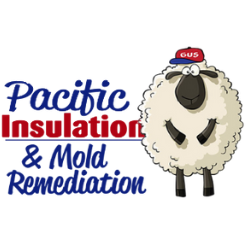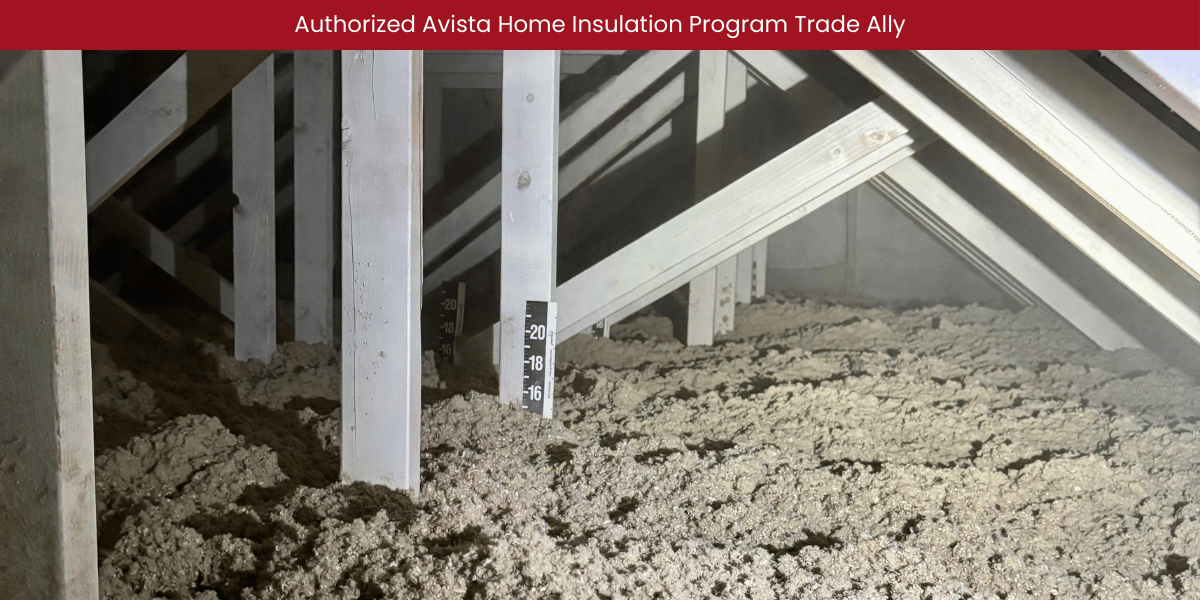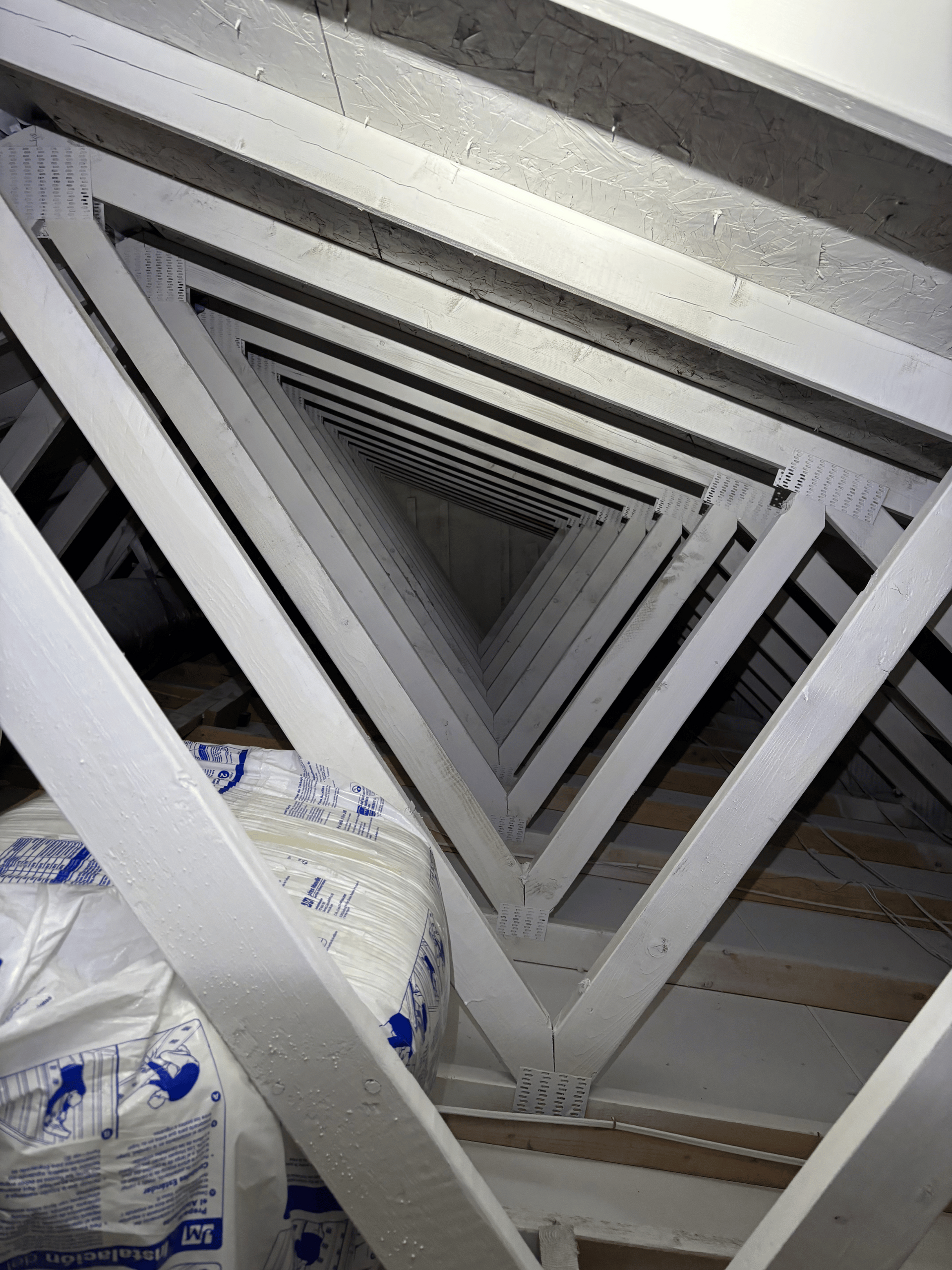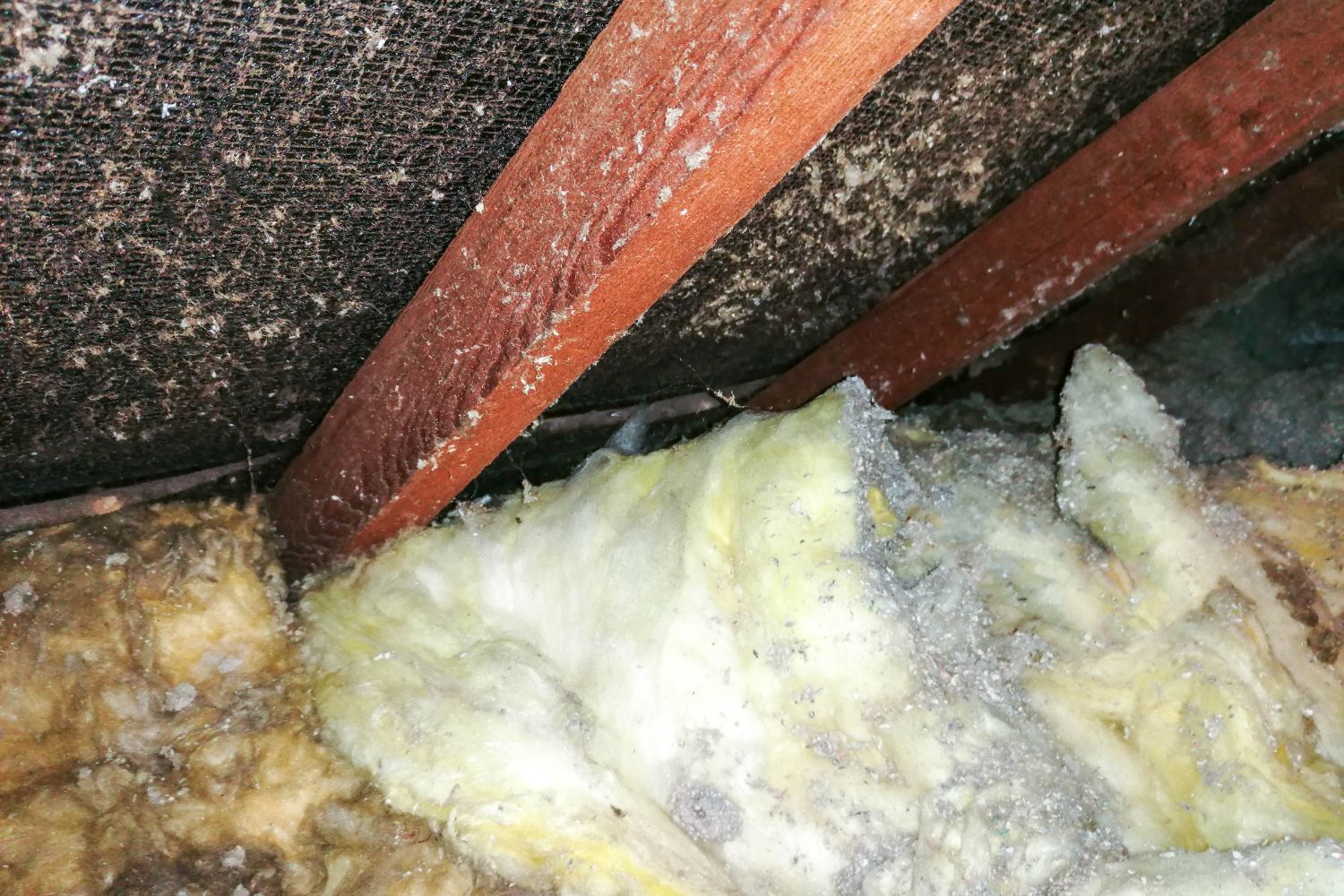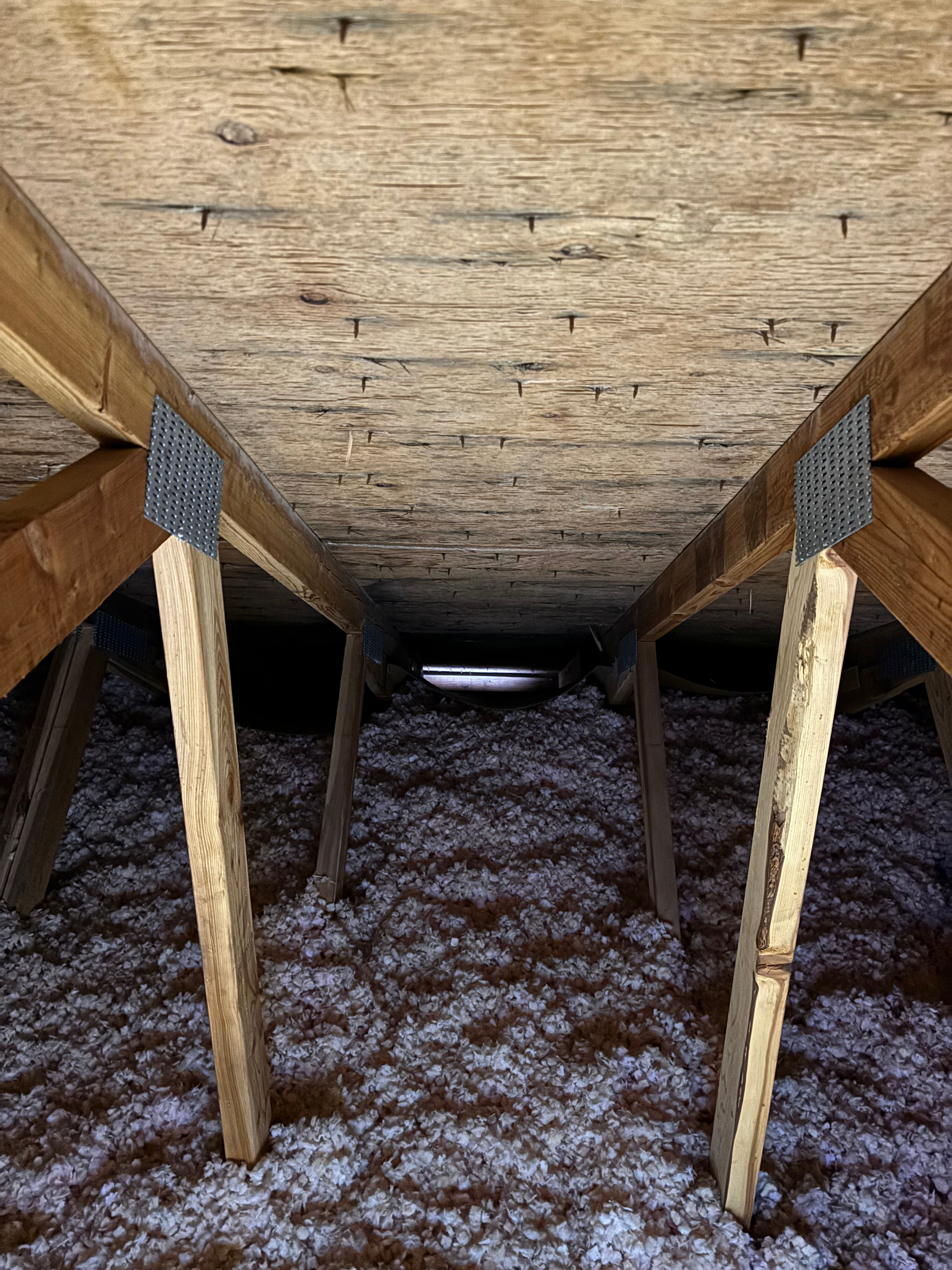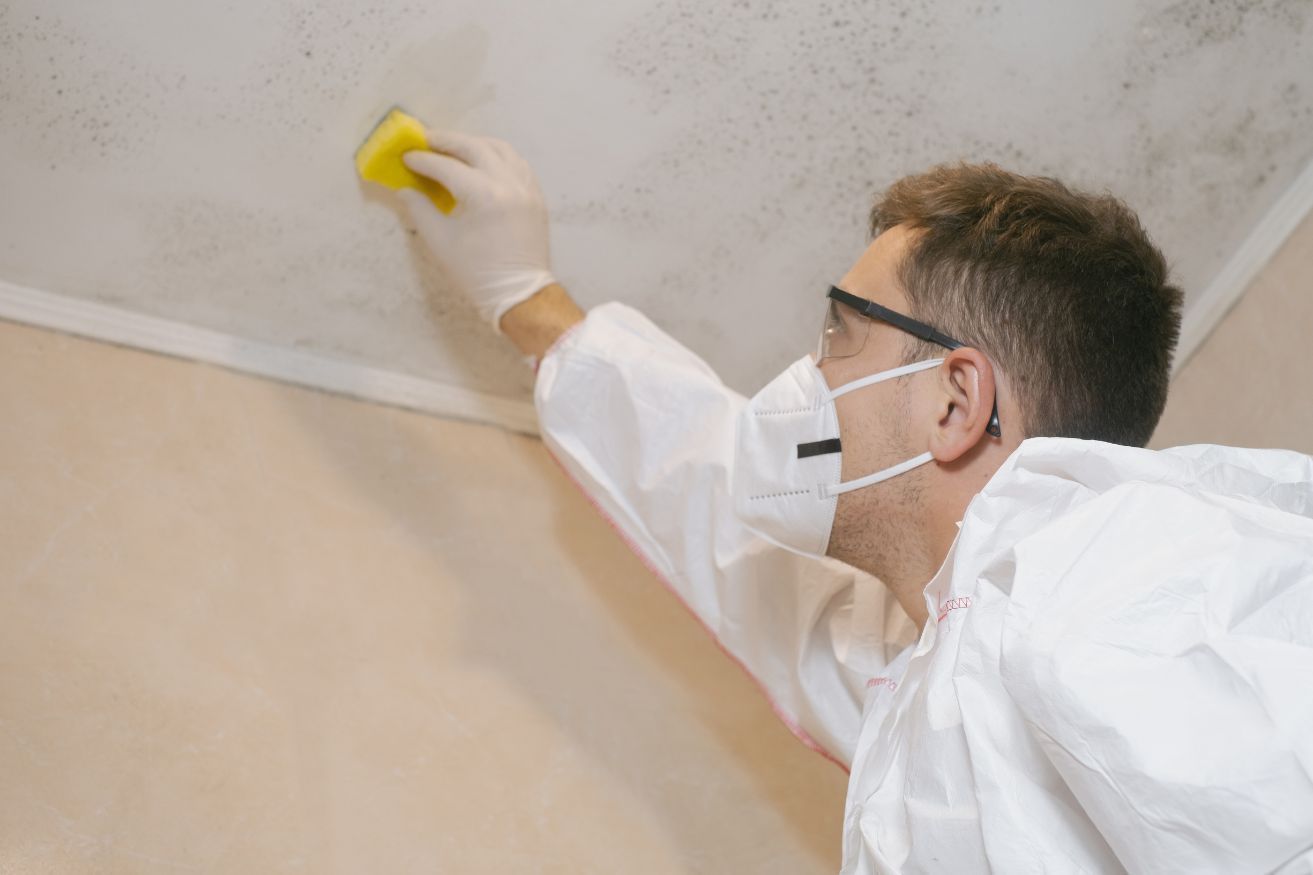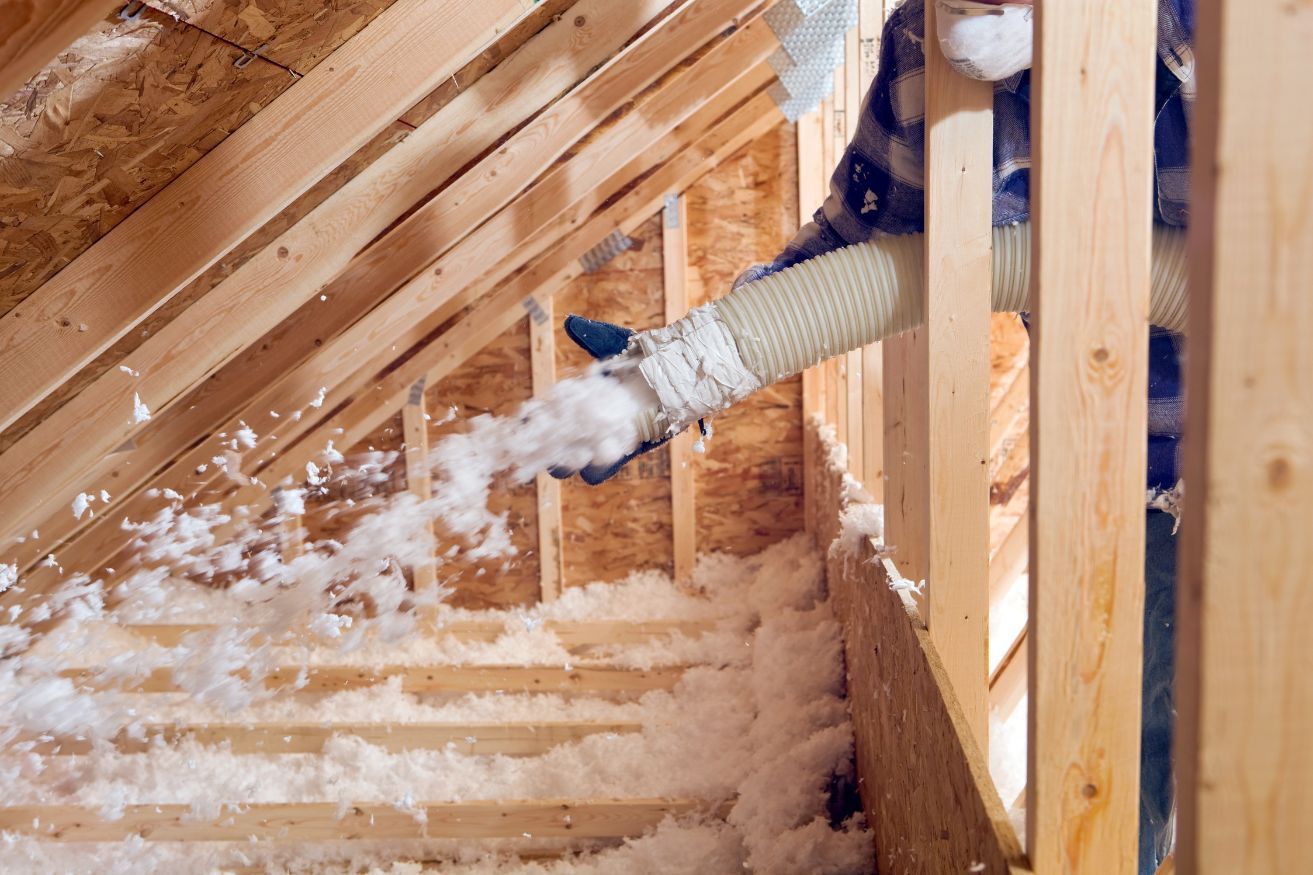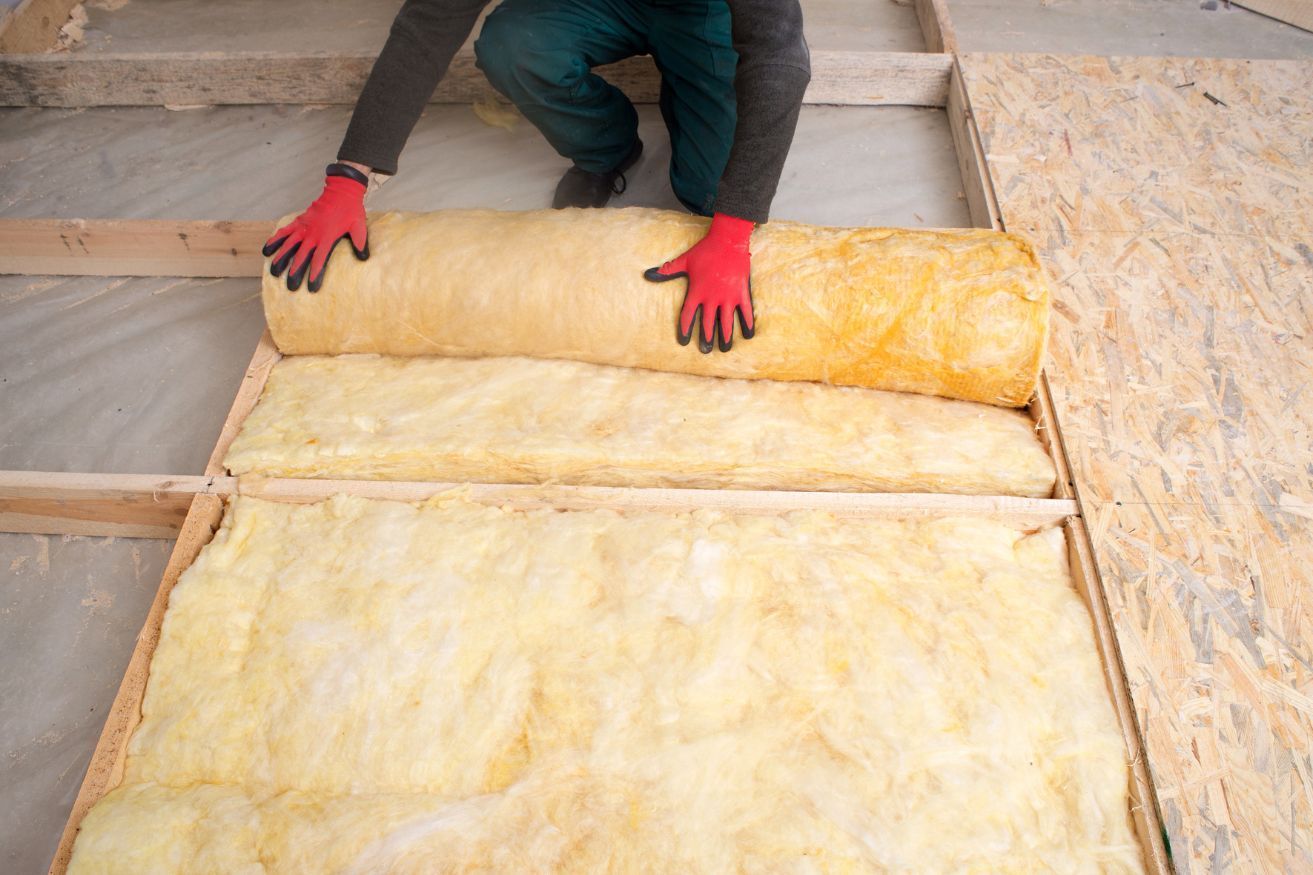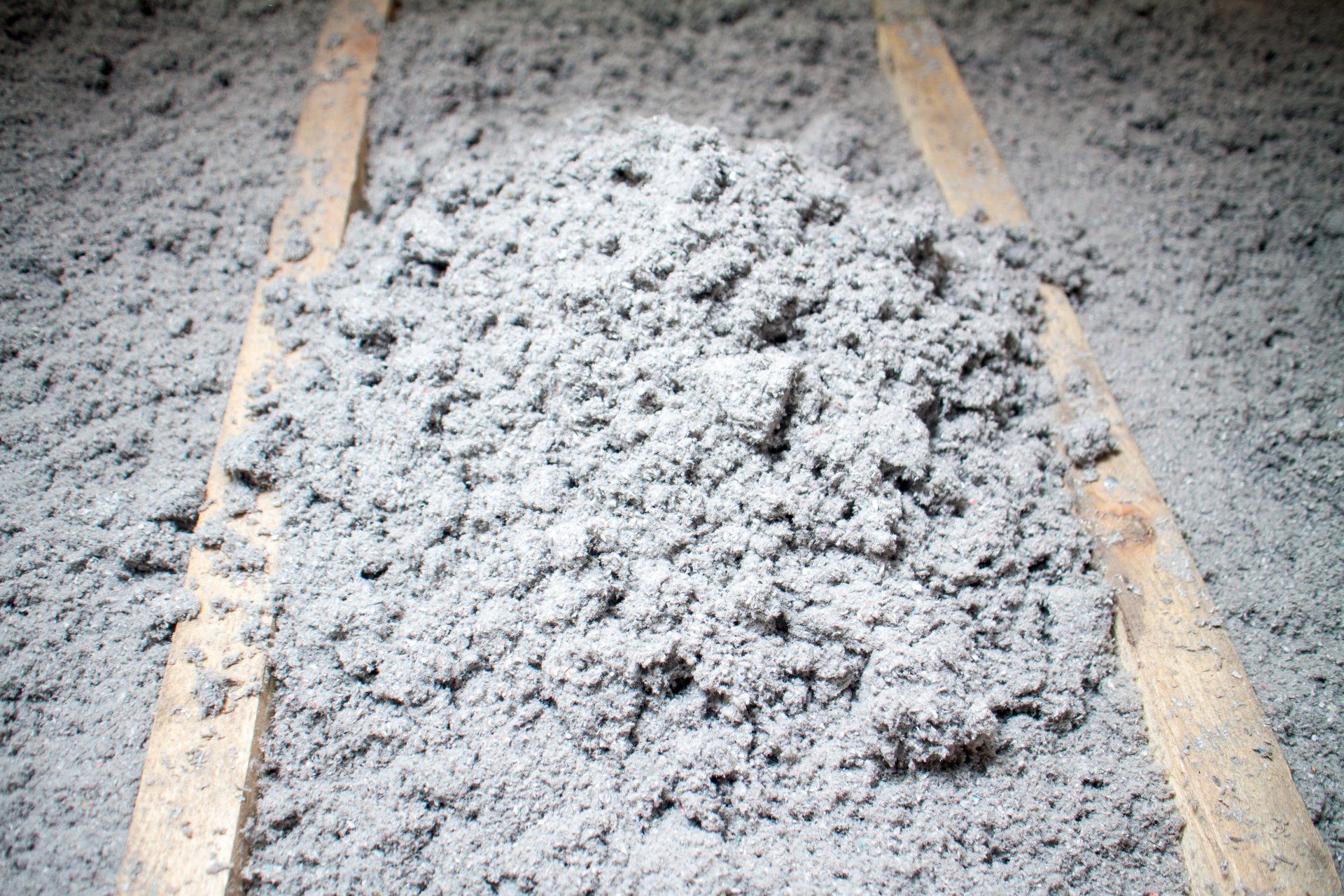Attic Mold Inspection Services
Attic Mold Inspection Services in Spokane & Coeur d’Alene: What Every Homeowner Needs to Know
If you’ve noticed musty odors, discoloration on attic sheathing, or have a bathroom fan venting into the attic, it’s time to get serious about an attic mold inspection. In Spokane and Coeur d’Alene, where seasonal moisture and poor ventilation collide, attic mold is more common than most homeowners think—and more dangerous than most assume.
🧰 What Is an Attic Mold Inspection?
An attic mold inspection is a comprehensive assessment of the conditions in your attic that could lead to or have already caused mold growth. At Pacific Insulation & Mold Remediation, we perform detailed attic inspections that evaluate:
- Visible mold growth on trusses, roof decking, and insulation
- Moisture levels and signs of condensation
- Roof leaks or water staining
- Bathroom exhaust fans venting into the attic
- Blocked soffit vents or poor attic ventilation
- Insulation condition and airflow restrictions
Mold in the attic doesn’t just affect your insulation—it affects your air quality, home value, and roof structure.
🌬️ Why Is Attic Mold So Common in the Inland Northwest?
In areas like Spokane, Liberty Lake, South Hill, and Coeur d’Alene, common issues like snow load, cold winters, and temperature fluctuations make the attic a breeding ground for mold. Contributing factors include:
- Improperly vented bathroom fans
- Blown-in insulation covering soffit vents
- Air leaks from the living space
- Ice dams and roof condensation
Without a proper attic inspection, these issues go unnoticed until the damage is visible—and expensive.
💡 Who Needs an Attic Mold Inspection?
- Homeowners experiencing musty smells or roof leaks
- Realtors preparing to list a property
- Buyers doing due diligence before closing
- Sellers wanting to avoid deal-killing surprises
- Home inspectors referring out specialized assessments
If you’re in the market or living in Spokane County or Kootenai County, a mold inspection could save you thousands.
📊 What Happens After the Inspection?
Following our attic mold inspection, you’ll receive:
- A full report with photos and notes
- A breakdown of moisture causes
- A customized plan for mold remediation if necessary
- Recommendations for ventilation upgrades and air sealing
- A quote for any needed insulation removal and replacement
Whether you just need peace of mind or a full attic mold mitigation plan, our crew gives it to you straight.
🛠️ Why Choose Pacific Insulation & Mold Remediation?
We’re Spokane and Coeur d’Alene’s trusted name for attic mold inspection and removal. Our team is:
- Licensed, bonded, and insured
- Equipped with EPA-registered disinfectants like Vital Oxide
- Experienced in Zinsser Perma-White encapsulation
- Familiar with Avista rebate programs
- Focused on long-term mold prevention, not just surface cleanup
We don’t just treat mold—we fix what causes it.
📍 Attic Mold Inspection Areas We Serve:
- Spokane
- Spokane Valley
- South Hill
- Mead
- Liberty Lake
- Airway Heights
- Coeur d’Alene
- Post Falls
- Hayden
- Rathdrum
📞 Schedule a Professional Attic Inspection Today
Don't wait for mold to become a costly repair or deal breaker. Schedule a free attic mold inspection with Pacific Insulation & Mold Remediation today and get the answers you need with no pressure, just honest solutions.
attic mold, attic mold inspection, attic mold inspection Spokane, attic mold inspection Coeur d’Alene, mold in attic, attic mold remediation, Spokane attic mold removal, Coeur d’Alene mold contractor, attic ventilation inspection, bathroom fan mold problem, mold inspection near me, attic moisture inspection, attic mold assessment, mold inspection before selling house, attic insulation removal, Vital Oxide, Zinsser primer, mold inspection services
#AtticMold #MoldInAttic #AtticInspection #SpokaneMold #CoeurDAleneMold #MoldRemoval #HomeInspection #MoldMitigation #BathroomFanMold #AtticVentilation #AtticInsulation #MoldSpecialistSpokane #MoldInspectionServices #MoldContractor #ZinsserPrimer #VitalOxide #AvistaRebates #PacificInsulation
